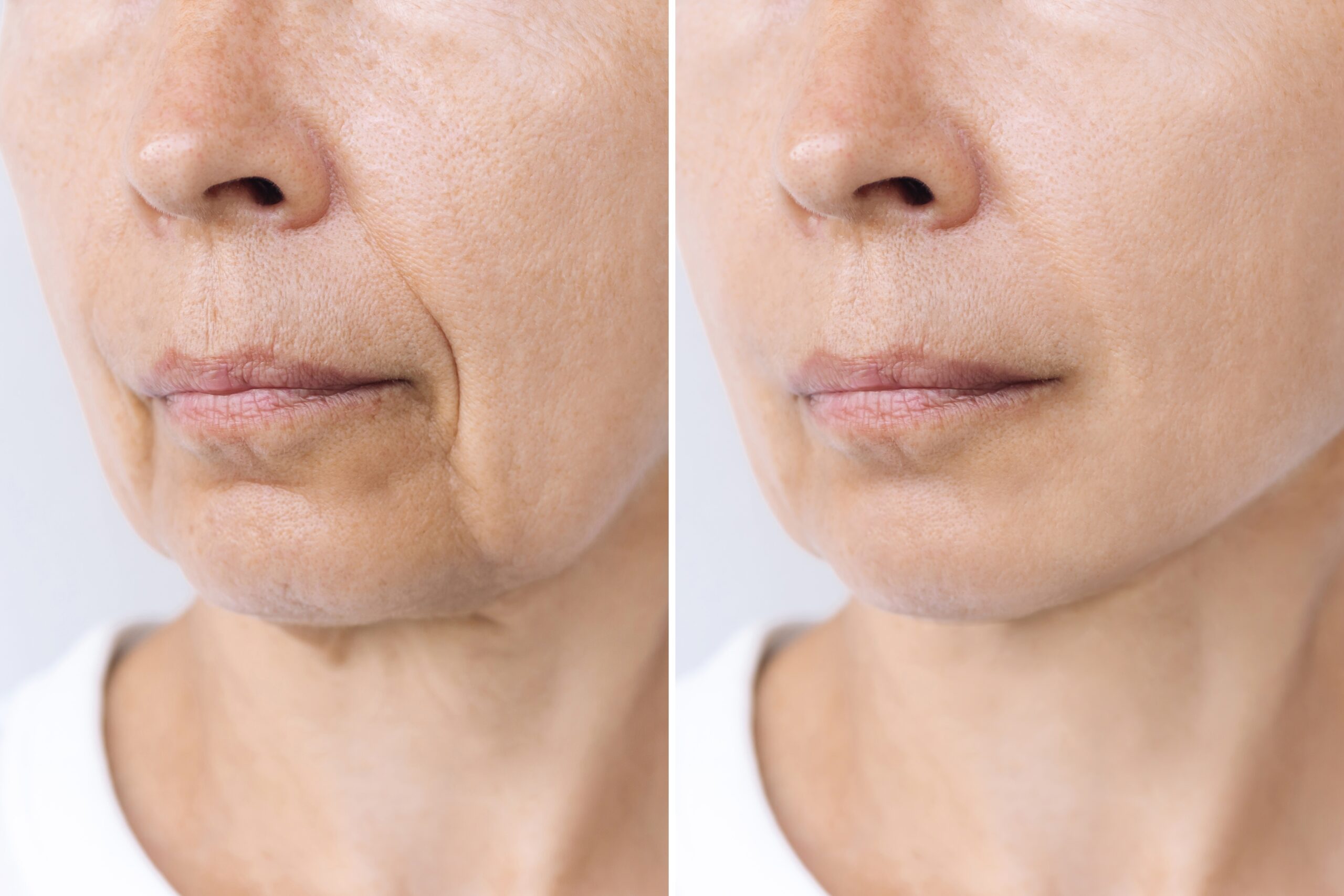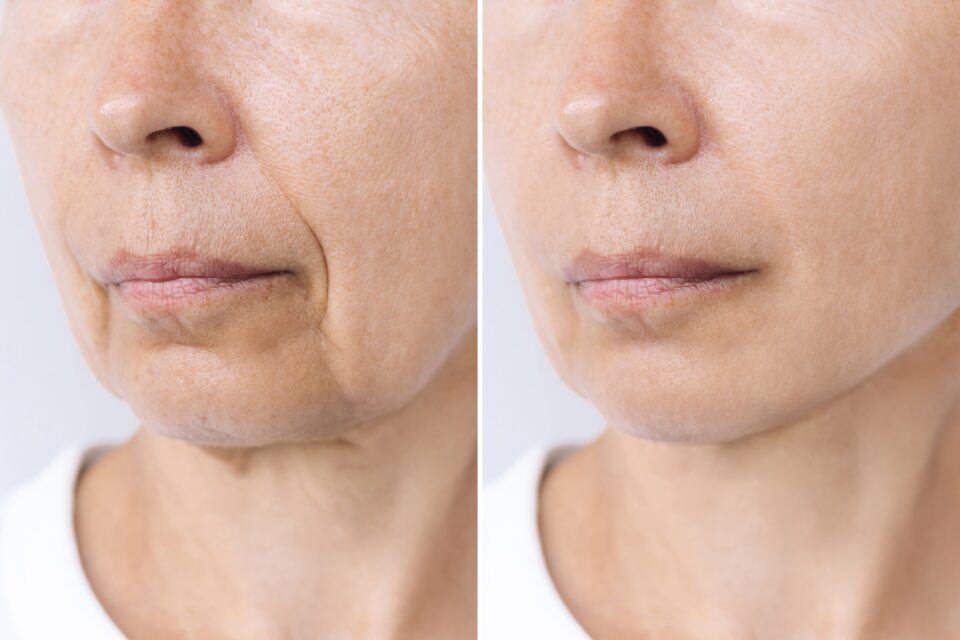What is Ozempic face? “Ozempic face” refers to the phenomenon where individuals experience changes in facial appearance, particularly after significant weight loss attributed to the use of the medication Ozempic (semaglutide), which is primarily used to treat type 2 diabetes and has also been used for weight management. The term is often associated with a gaunt or hollowed appearance, where the loss of fat in the face can lead to more pronounced features like cheekbones and jawlines, creating an older or more tired look.
After rapid weight loss, a woman’s face may undergo several changes, including:
1. **Loss of Volume**: Fat loss in the face can lead to a gaunter appearance, with prominent cheekbones and a more angular jawline.
2. **Skin Elasticity**: If weight loss is significant and rapid, the skin may not have enough time to adjust, leading to sagging or lax skin.
3. **Wrinkles and Fine Lines**: Reduced fat and skin elasticity can contribute to the appearance of wrinkles and fine lines, particularly around the mouth and eyes.
4. **Changes in Facial Contours**: The overall shape of the face may change, sometimes resulting in a more elongated appearance.
5. **Dark Circles**: Weight loss can sometimes lead to a sunken look around the eyes, enhancing the appearance of dark circles.
These changes can vary greatly depending on the individual’s skin type, age, and the amount of weight lost.

To mitigate the effects of “Ozempic face,” consider the following strategies:
1. **Stay Hydrated**: Drink plenty of water to maintain skin elasticity and hydration, which can help reduce the appearance of dryness and sagging.
2. **Healthy Diet**: Incorporate a balanced diet rich in vitamins, minerals, and healthy fats. Foods high in antioxidants, such as fruits and vegetables, can improve skin health.
3. **Moisturize**: Use a good quality moisturizer to keep your skin hydrated and plump. Look for products with hyaluronic acid or peptides.
4. **Skincare Routine**: Implement a skincare routine that includes exfoliation, serums, and treatments that promote collagen production, such as retinol. Use skin tightening facial masks and skin tightening lotions and creams on your body.
5. **Facial Exercises**: Engage in facial exercises to help tone and strengthen facial muscles, which may improve the overall appearance of the face.
6. **Consider Professional Treatments**: Consult with a dermatologist or aesthetician about treatments like fillers, Botox, or skin-tightening procedures that can restore volume and smoothness.
7. **Limit Sun Exposure**: Protect your skin from UV damage by wearing sunscreen and avoiding excessive sun exposure, which can exacerbate skin aging.
8. **Healthy Lifestyle**: Maintain a healthy lifestyle with regular exercise, adequate sleep, and stress management to support overall skin health.
9. **Skin Tightening Devices**: Use skin tightening devices that use microcurrents, radio frequency (RF), or light therapy such as NuFace, Face Tite, or Light Stim. There are a number of different facial devices on the market.
10. **Take dietary supplements** such as Collagen supplements and Hair, Skin, & Nail vitamins with minerals.
Before making any significant changes or treatments, it’s advisable to consult with a healthcare professional or dermatologist for personalized advice.
